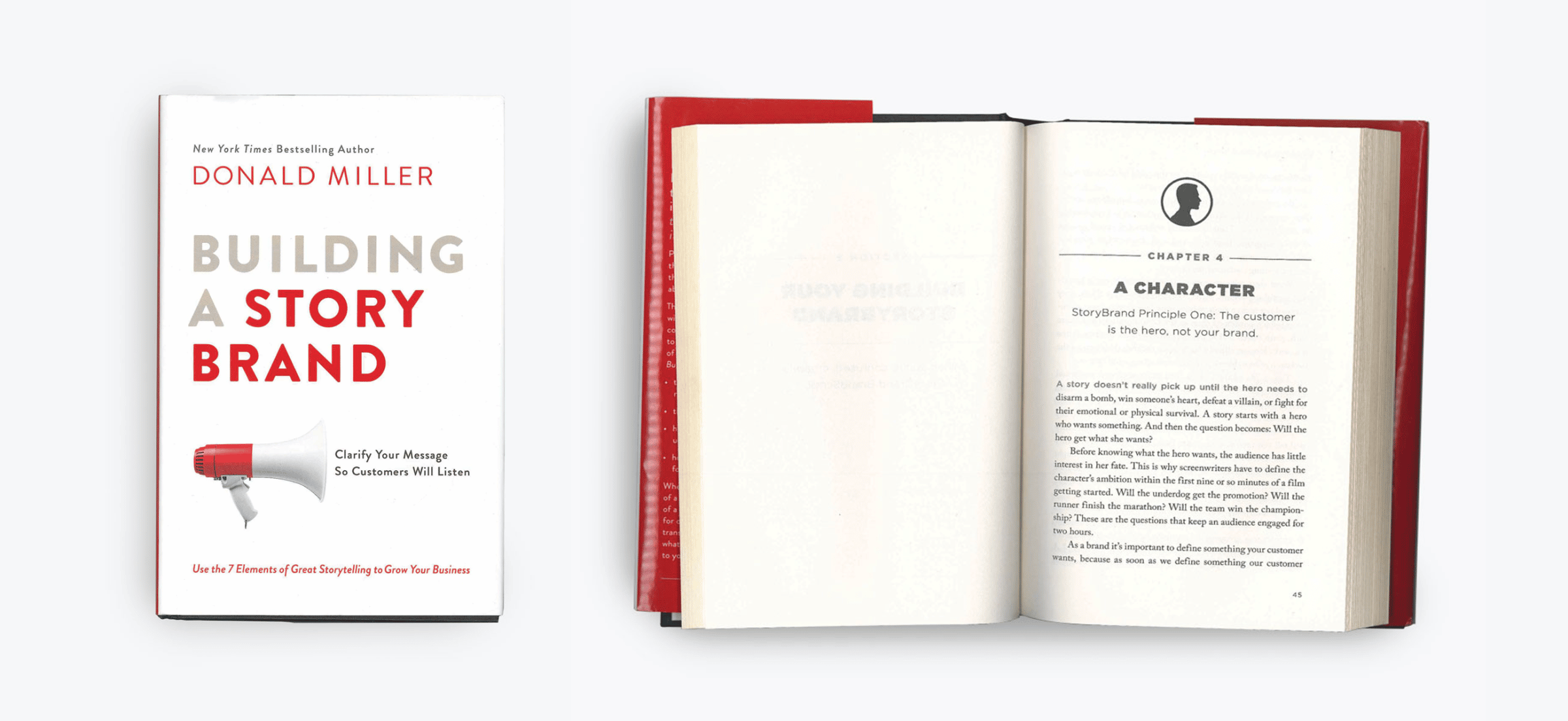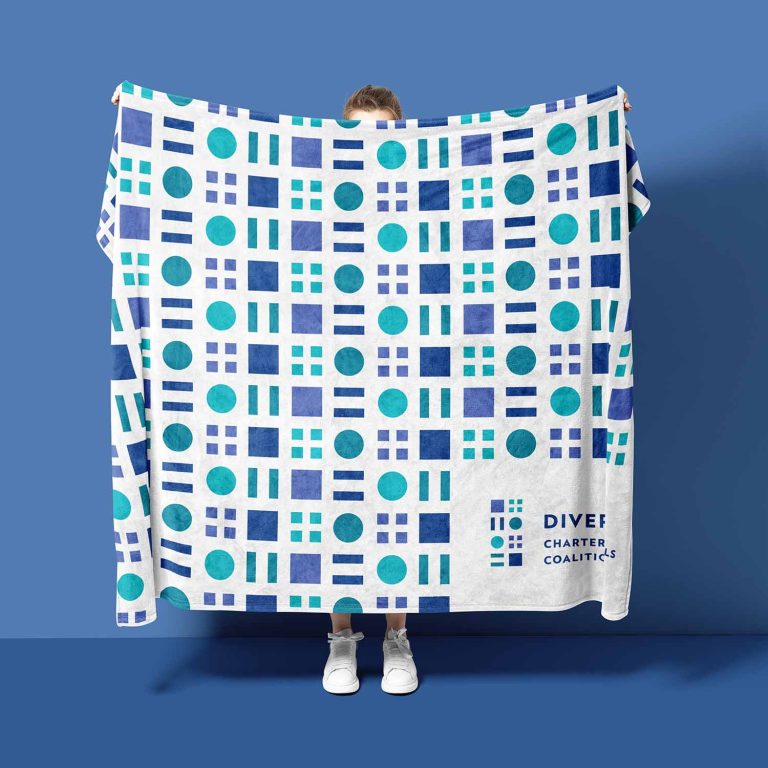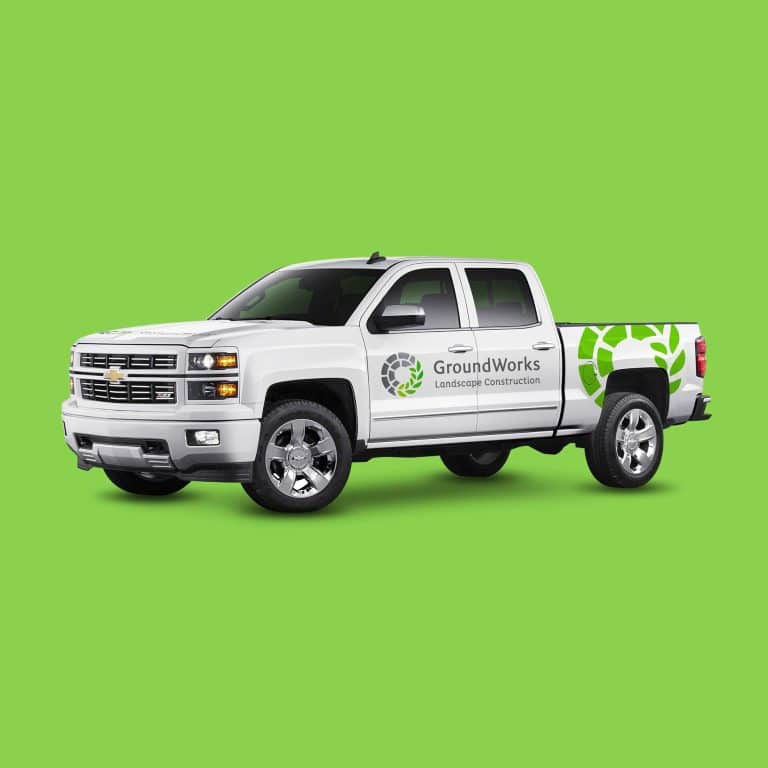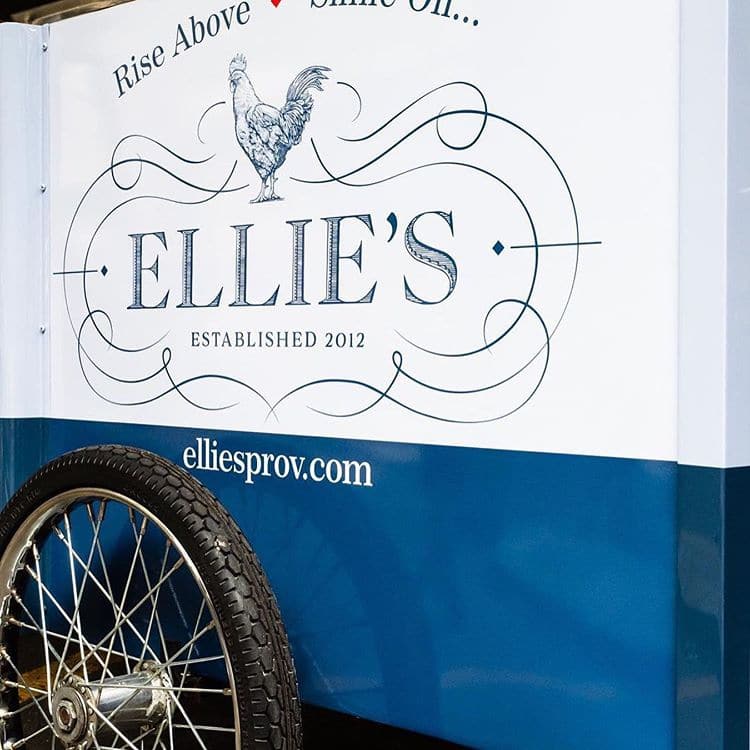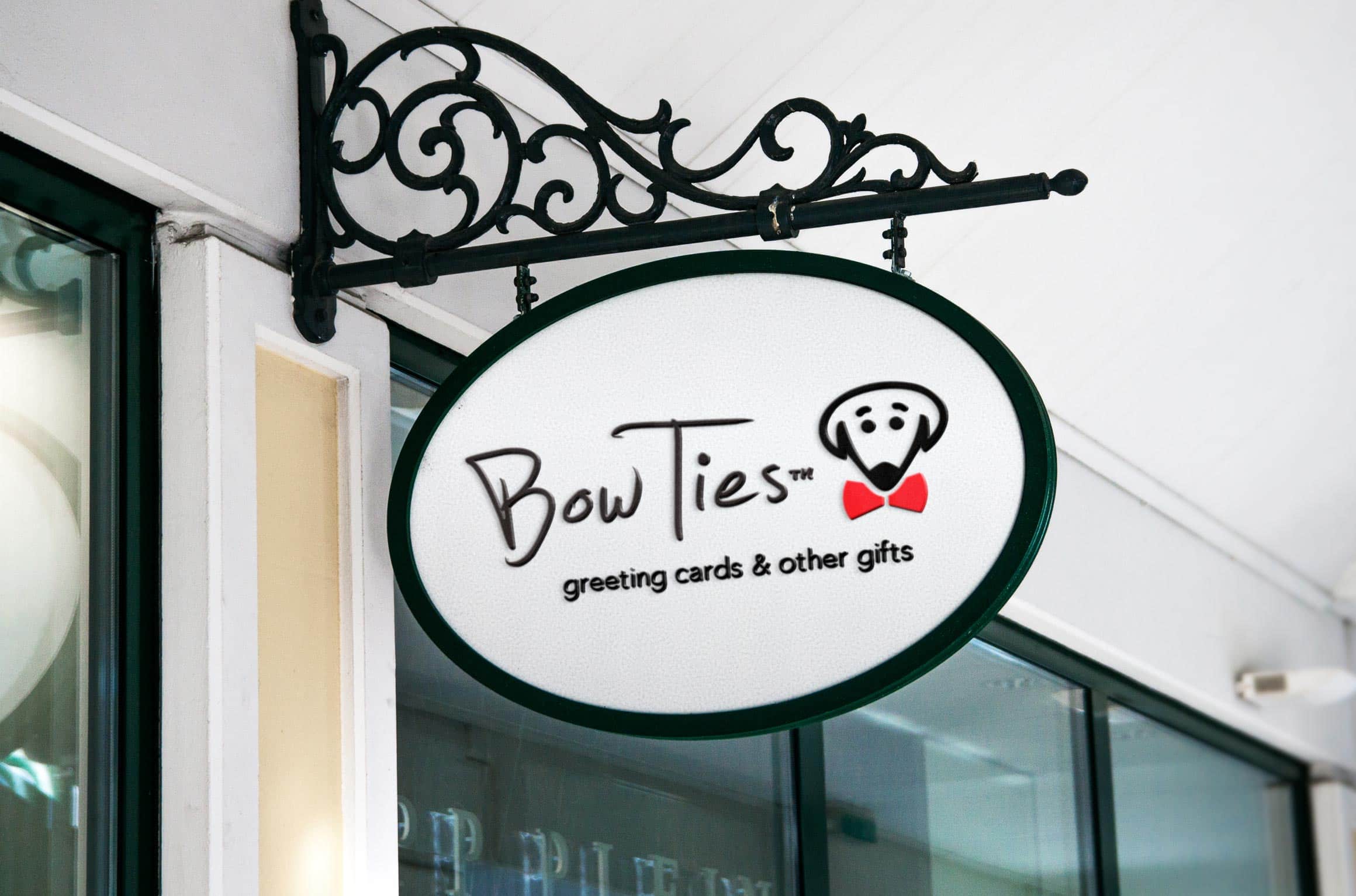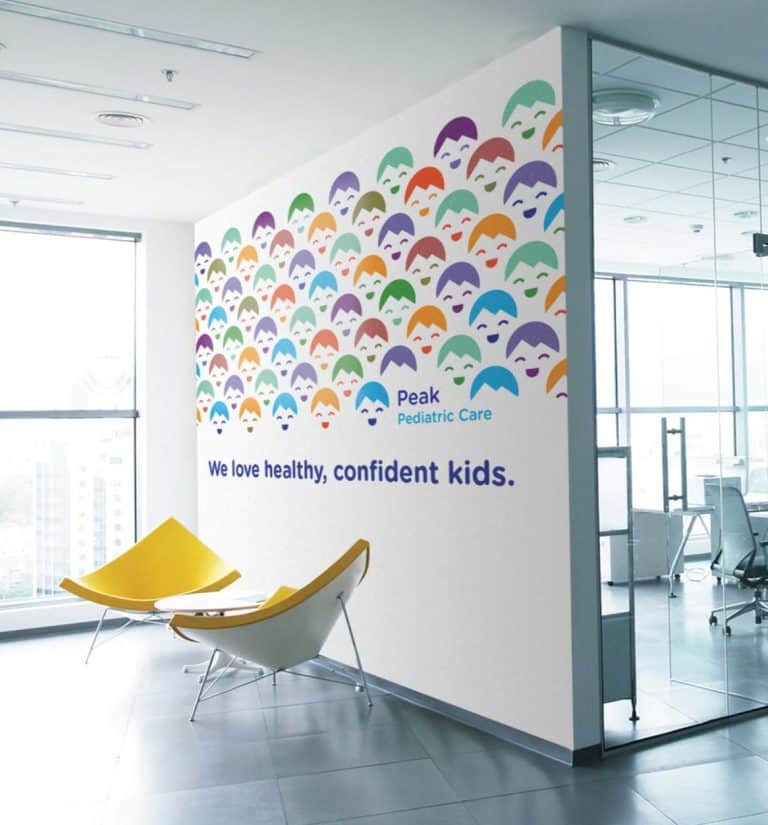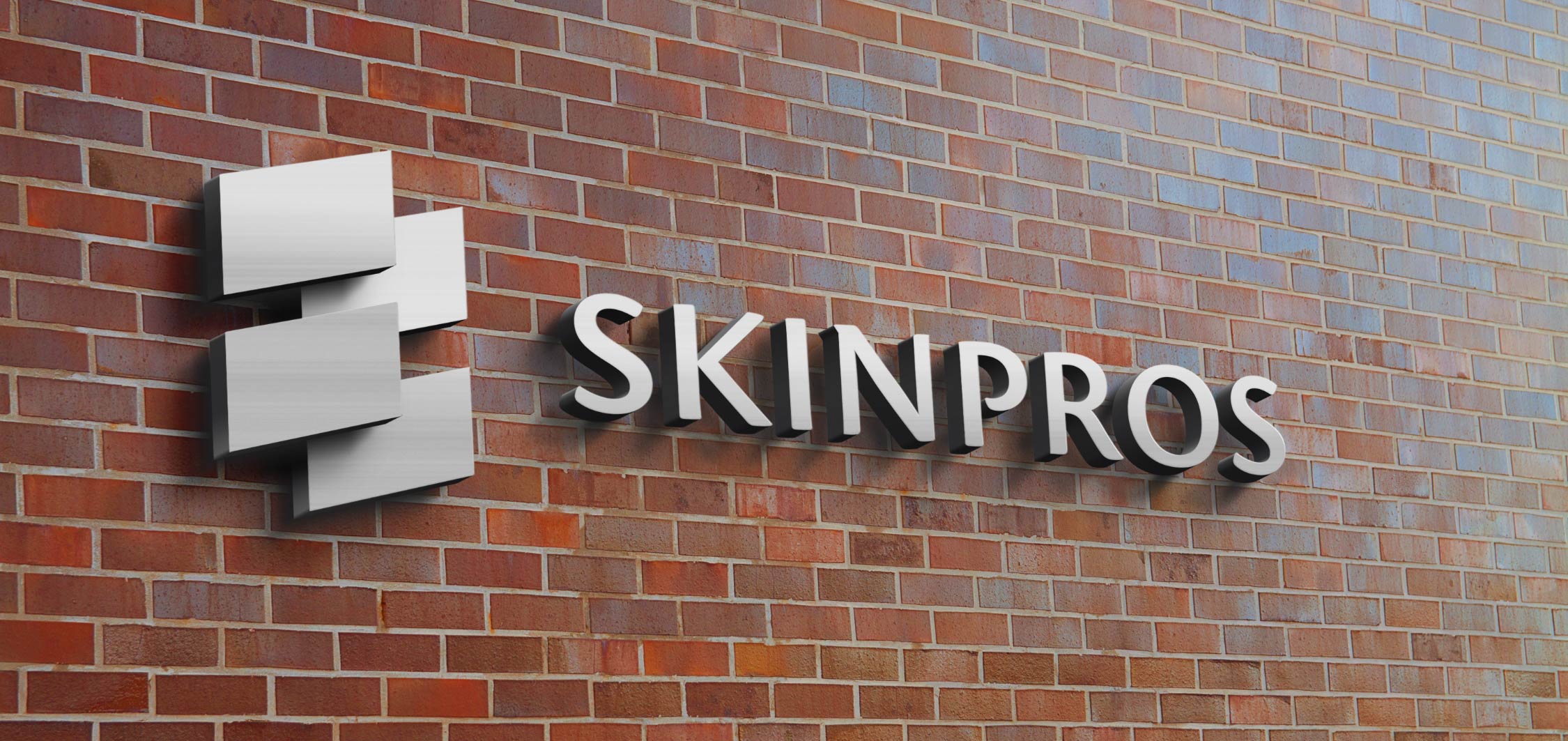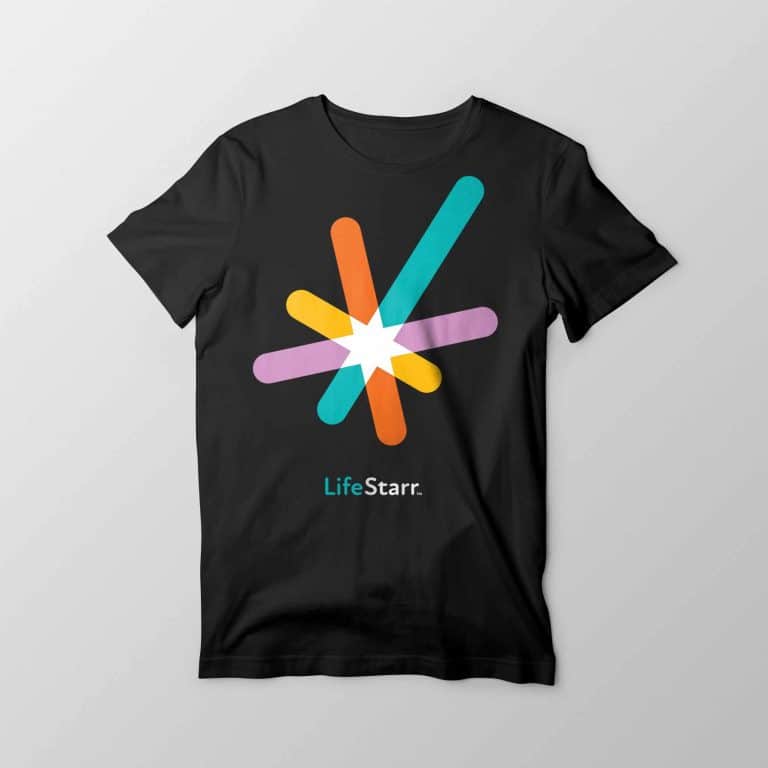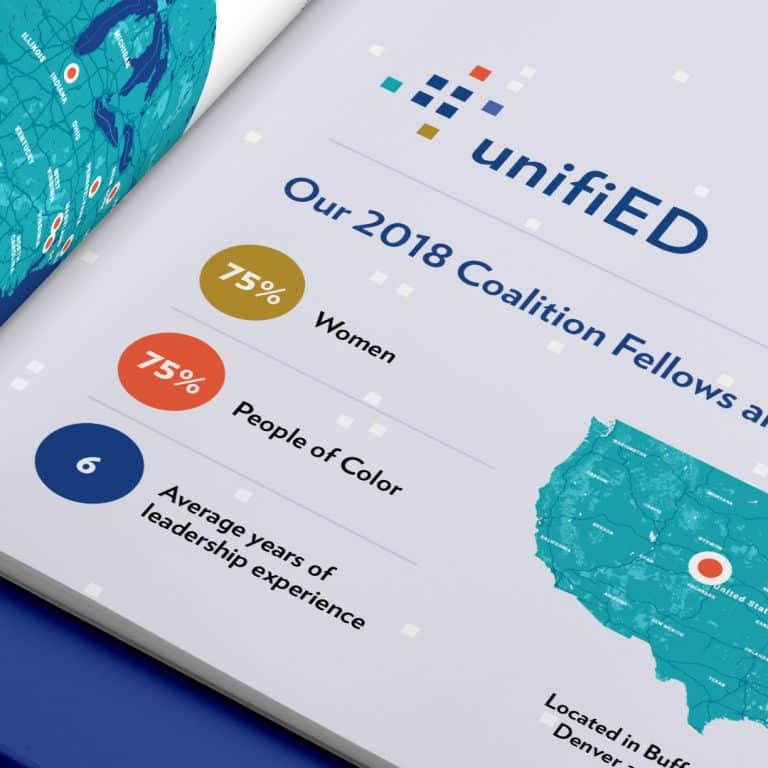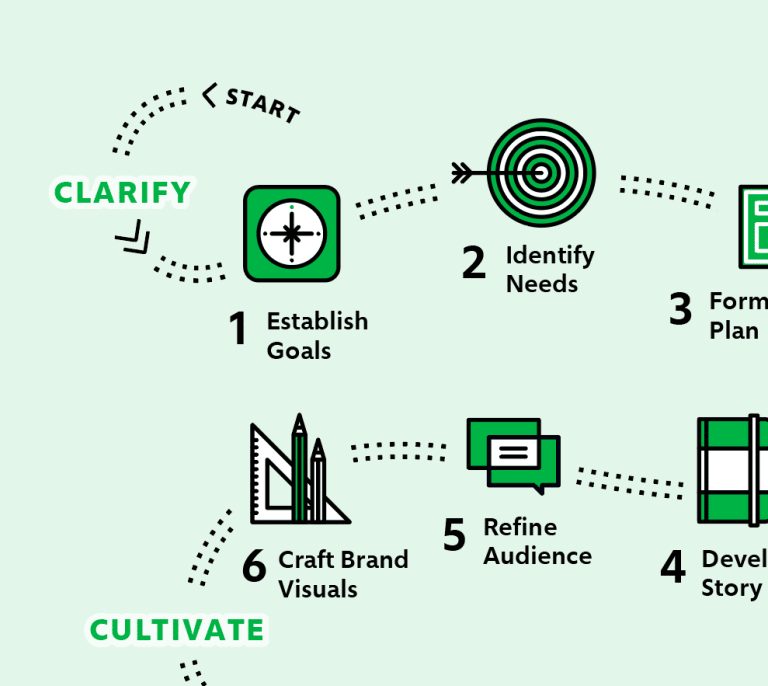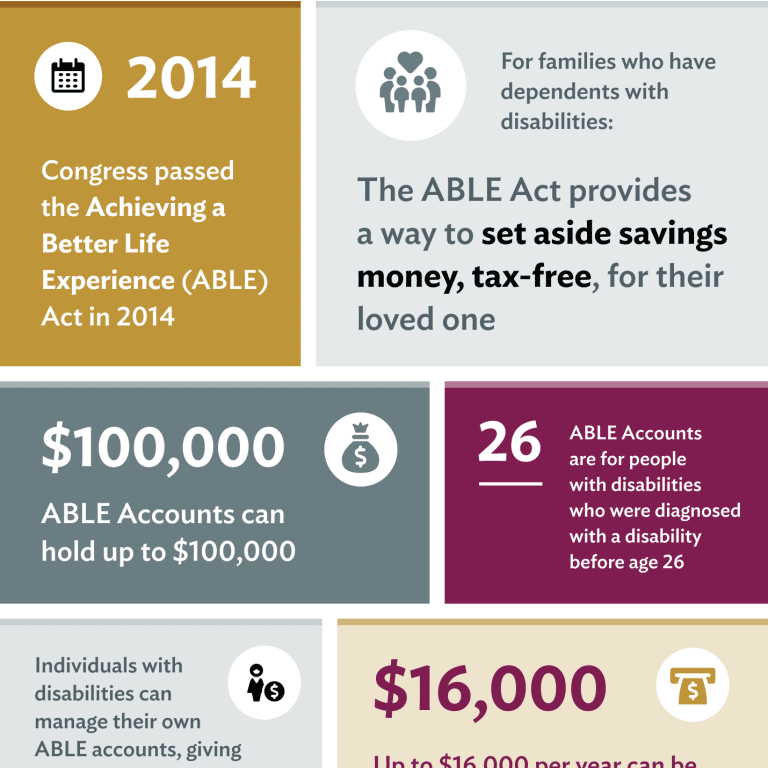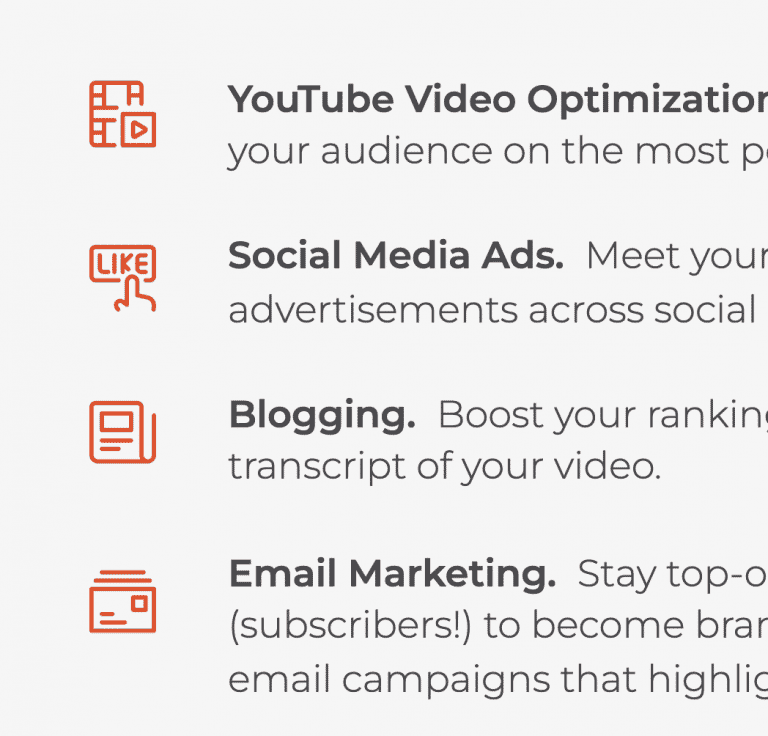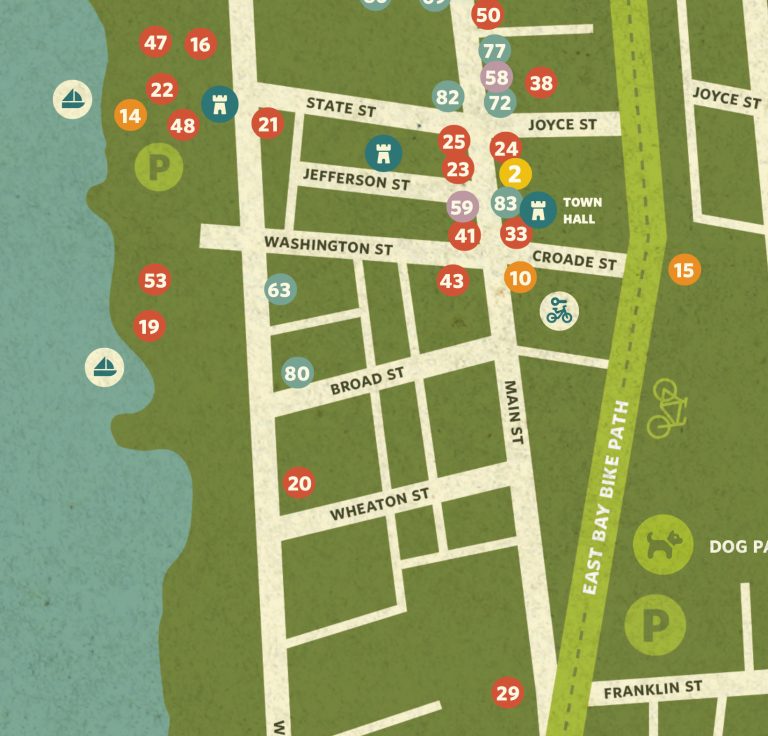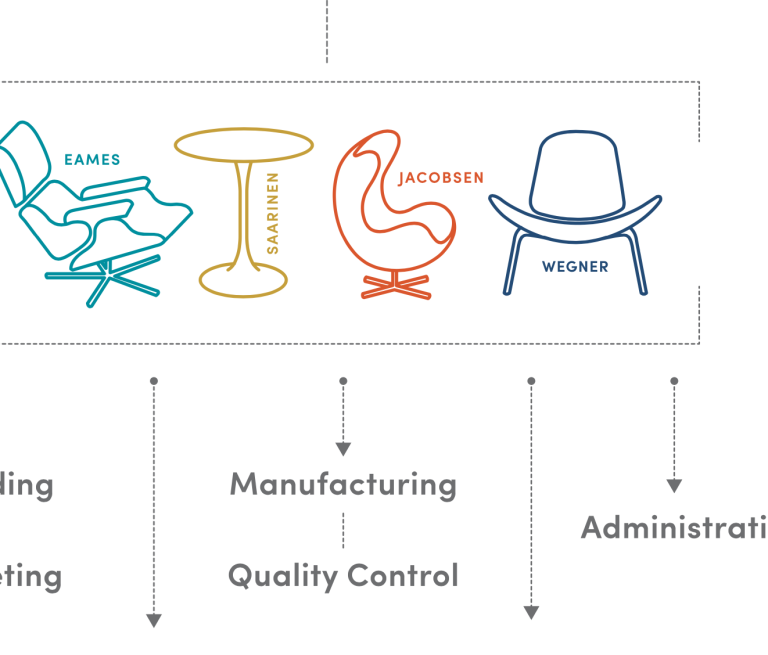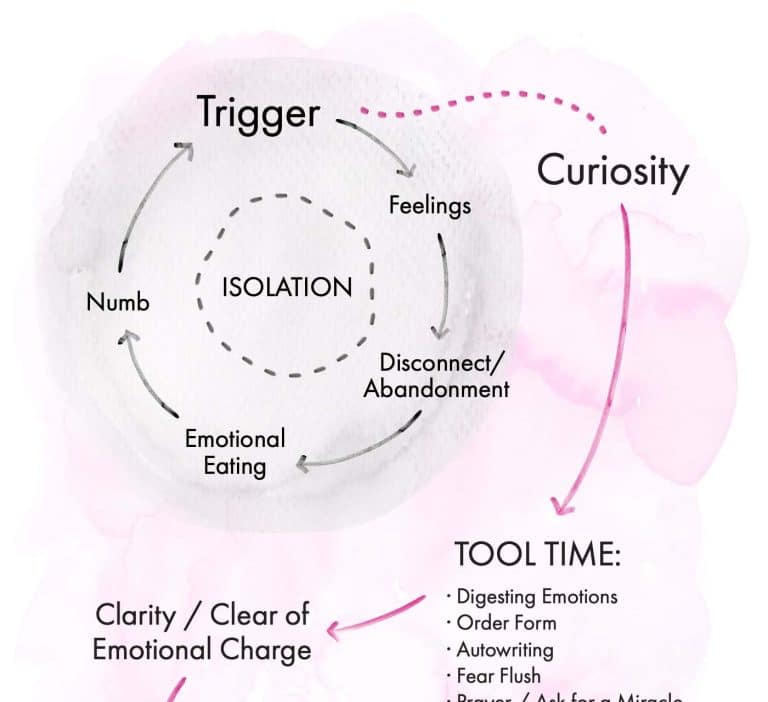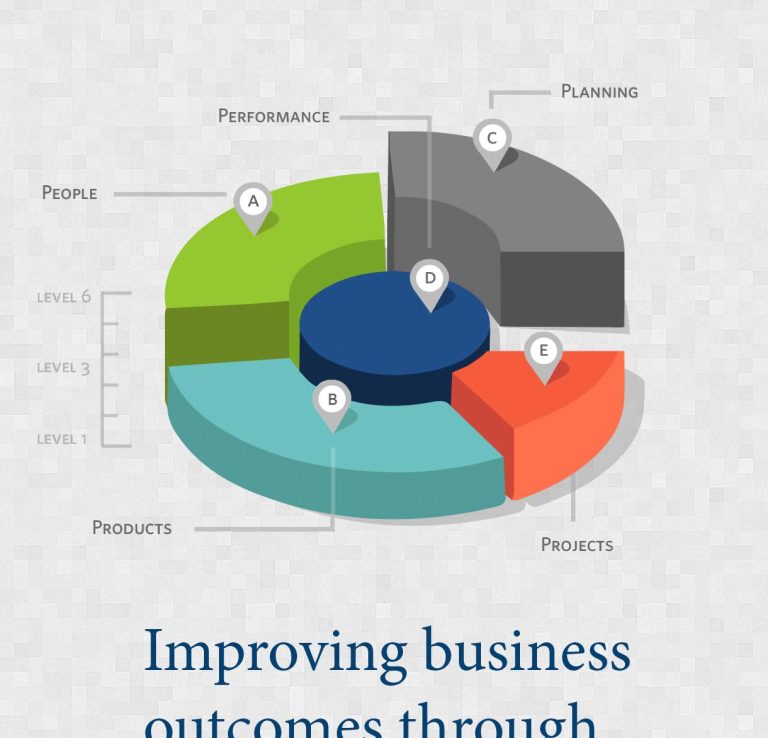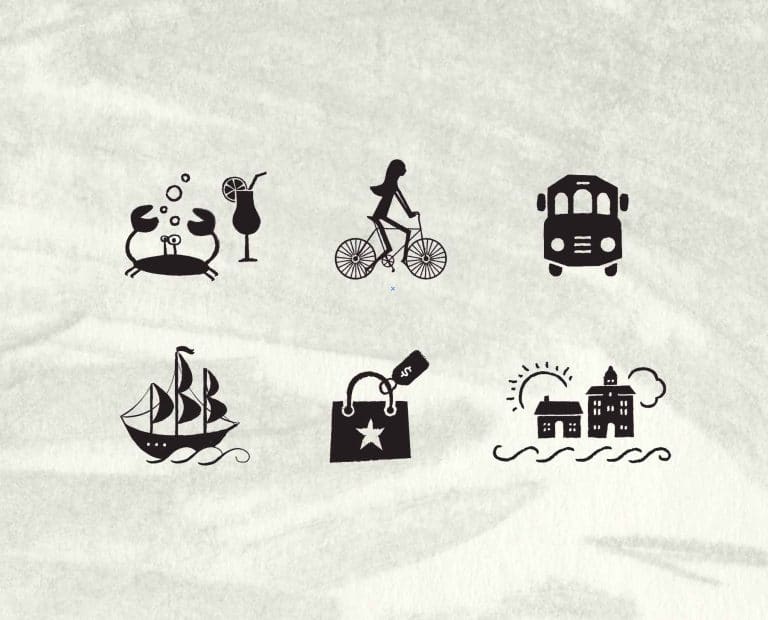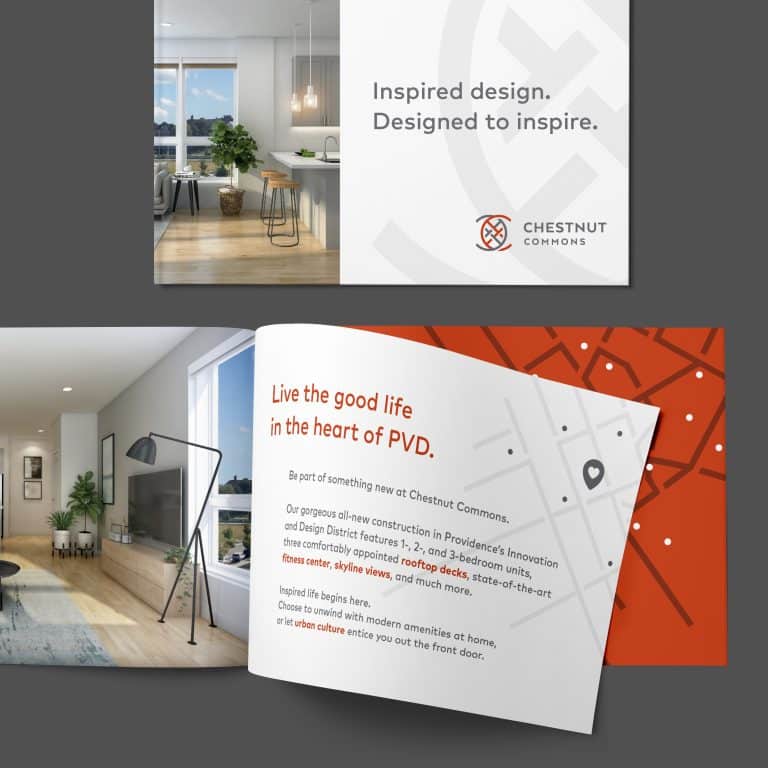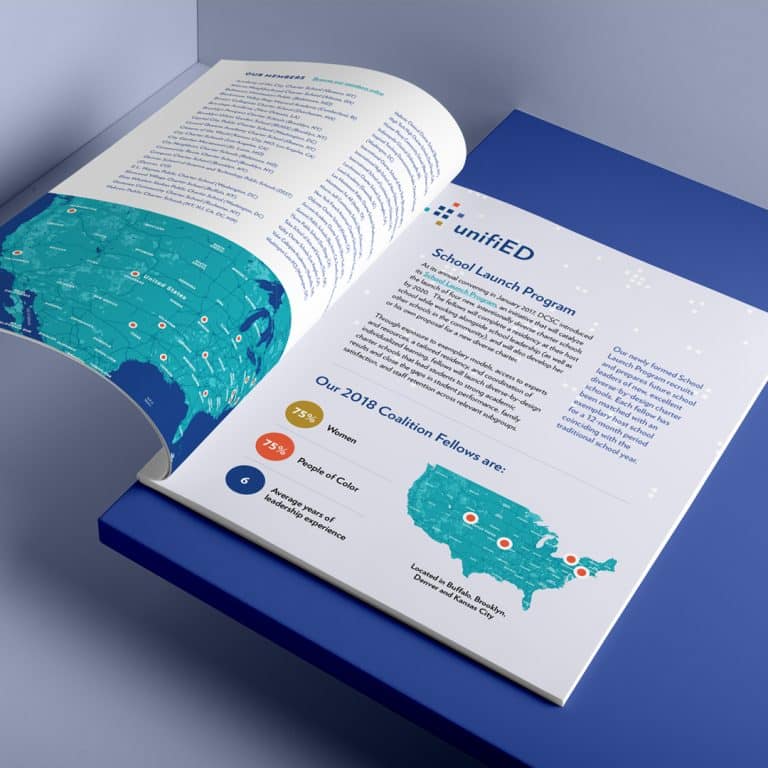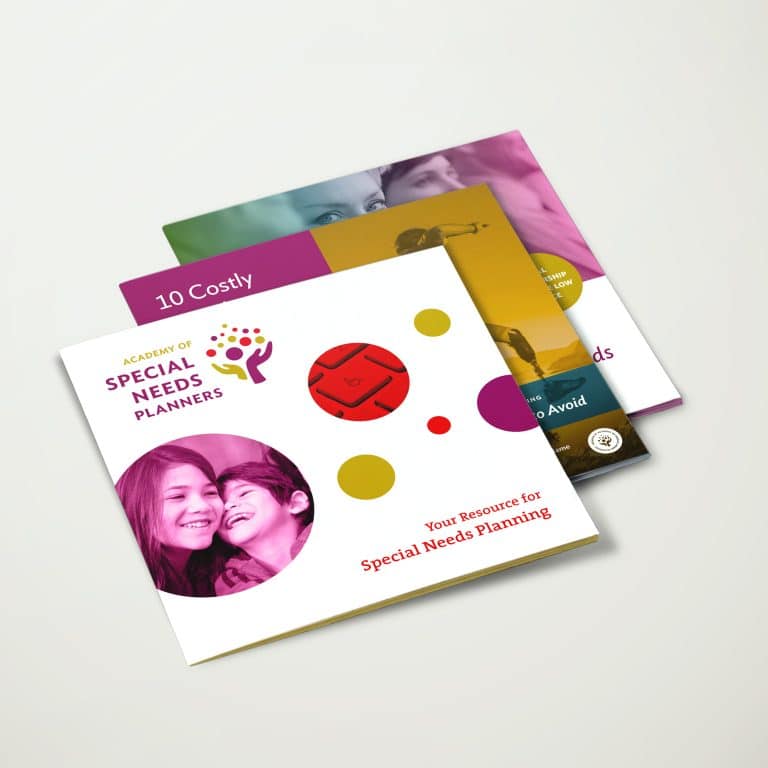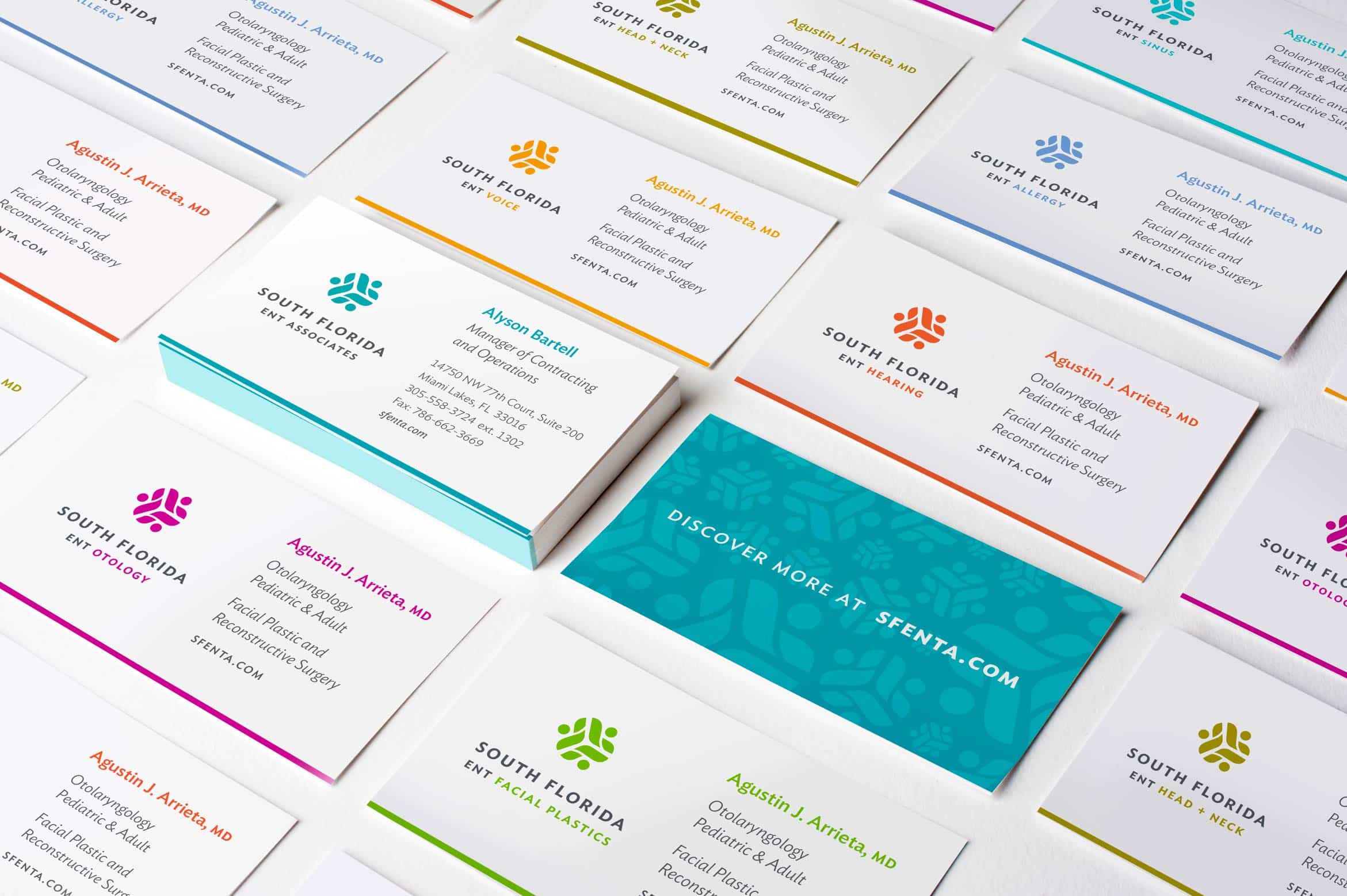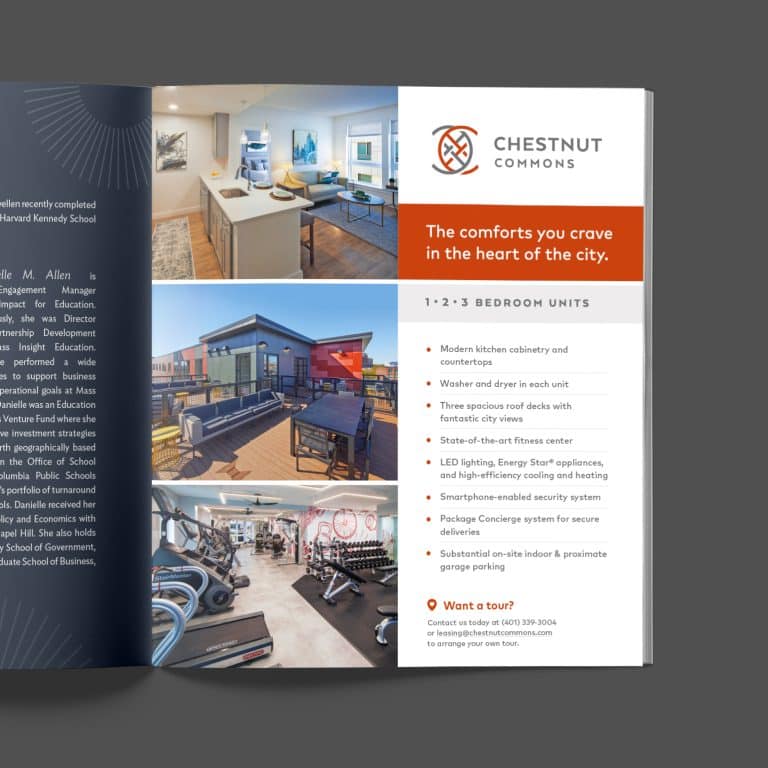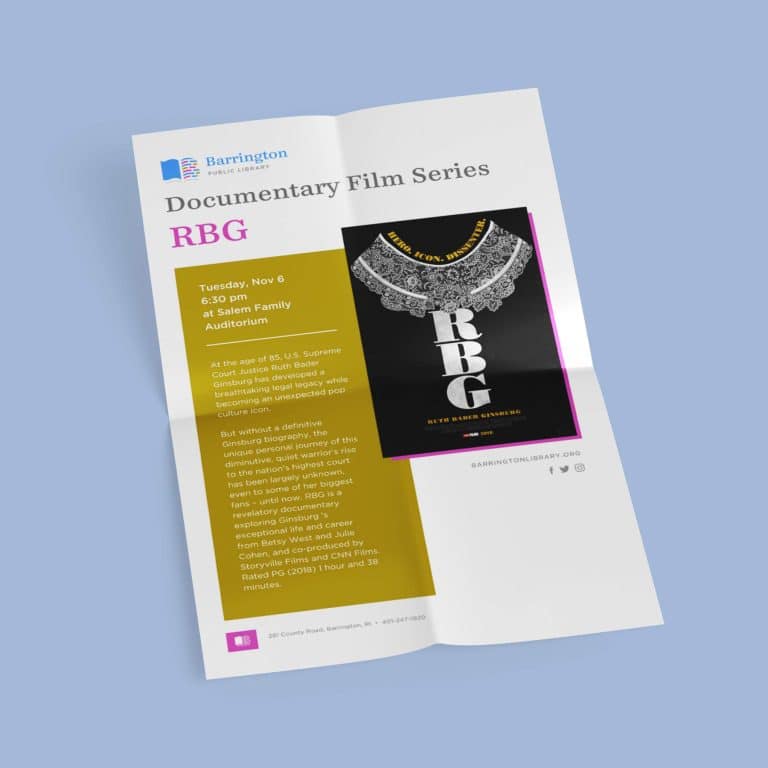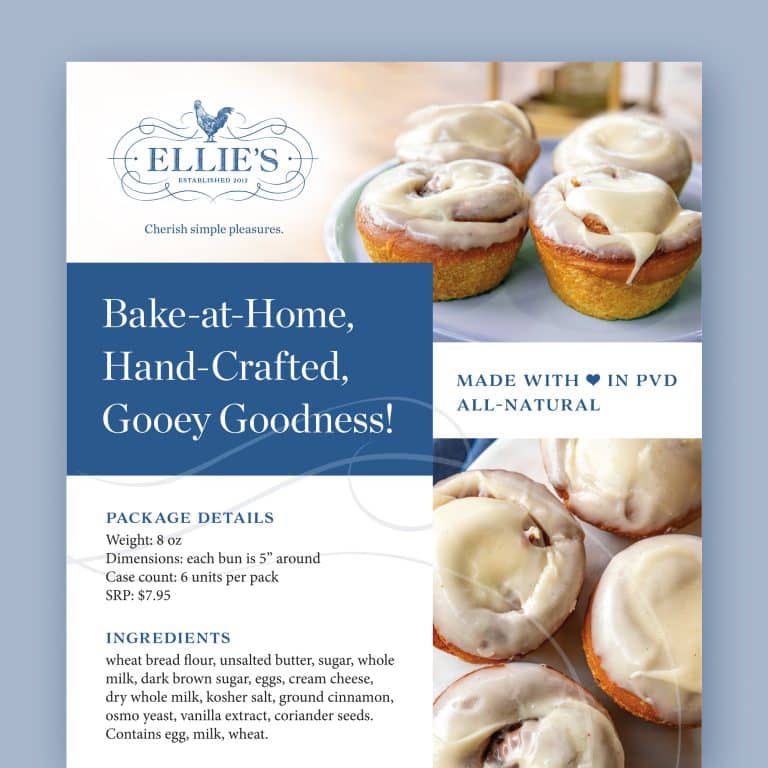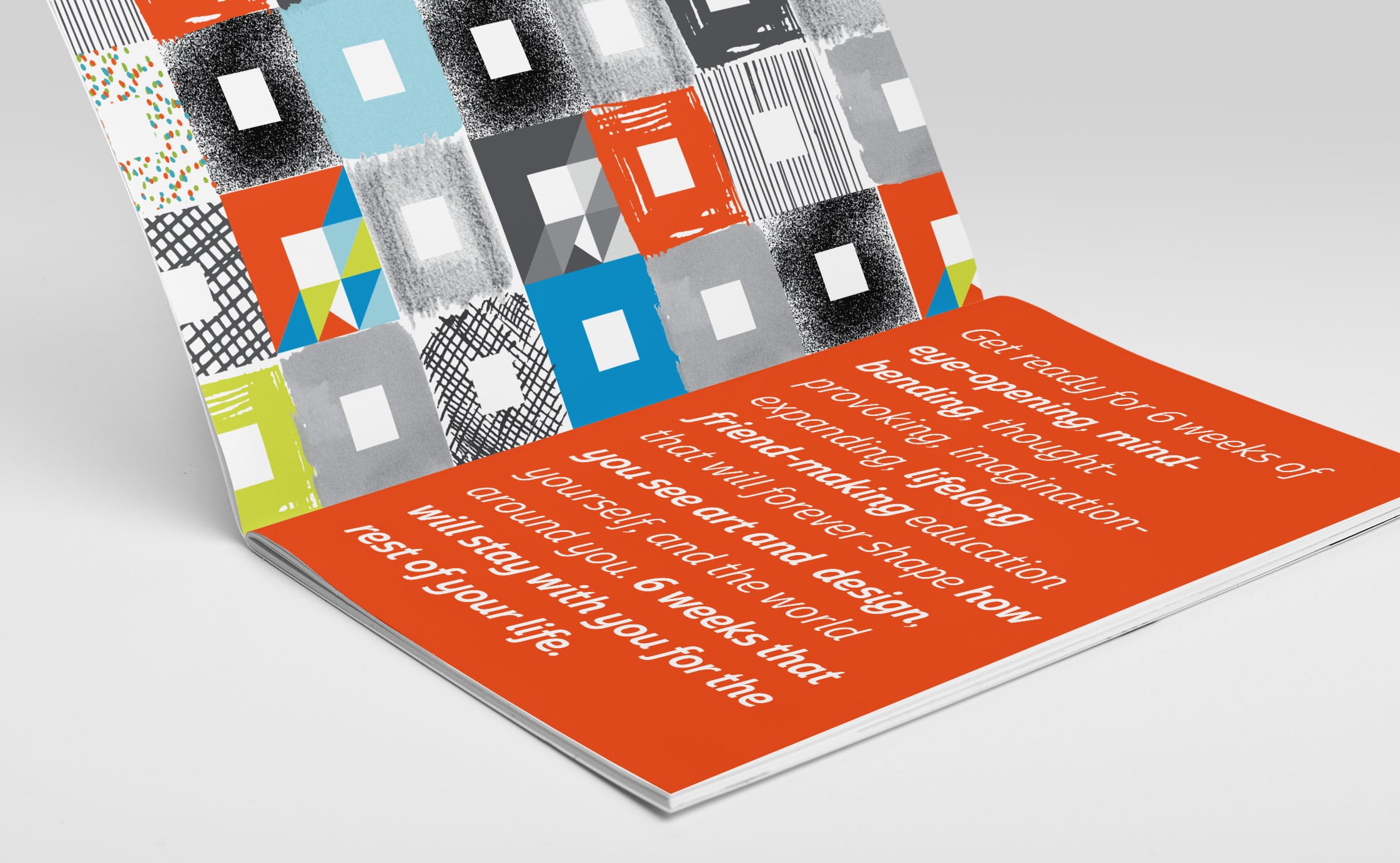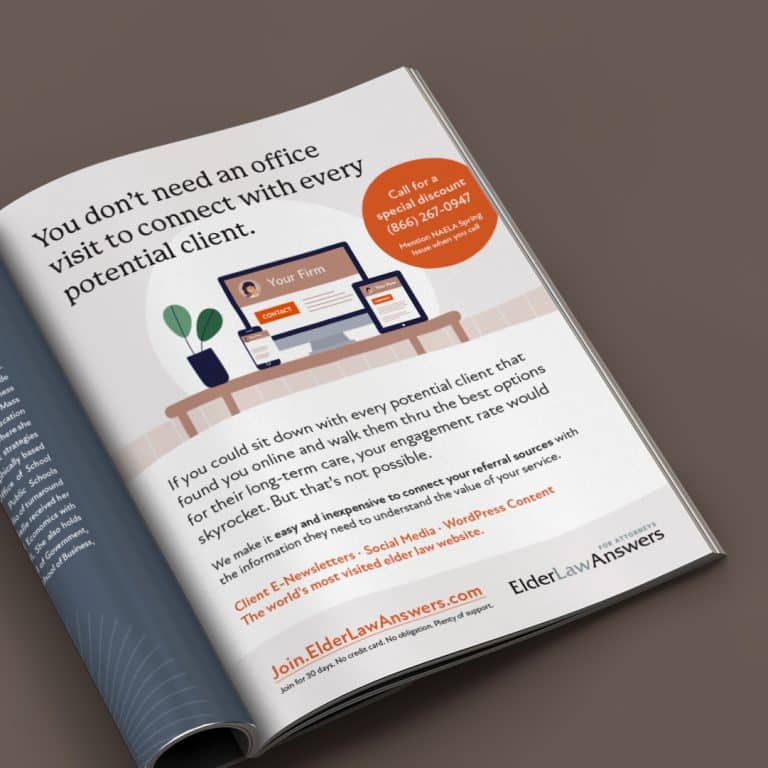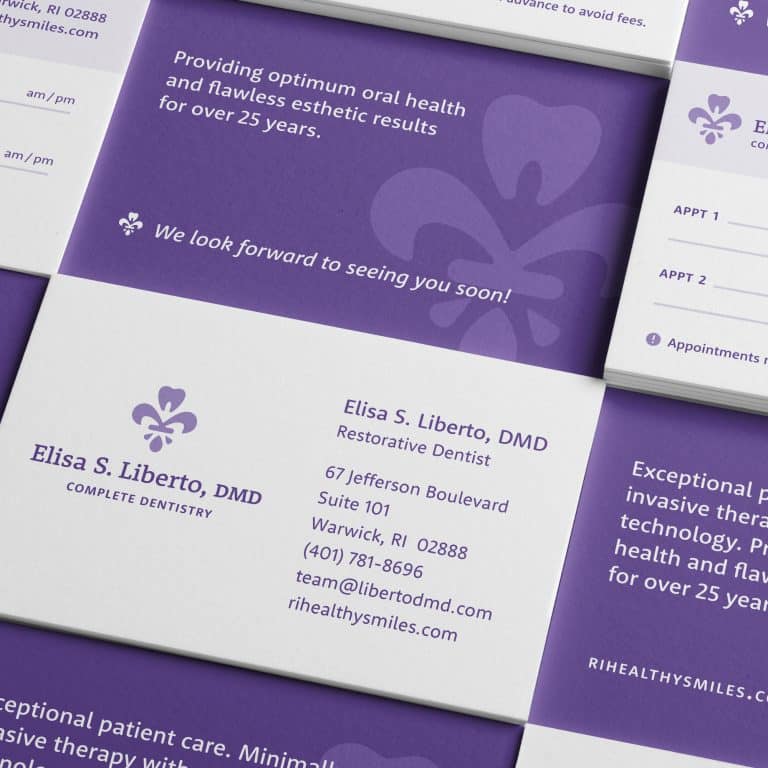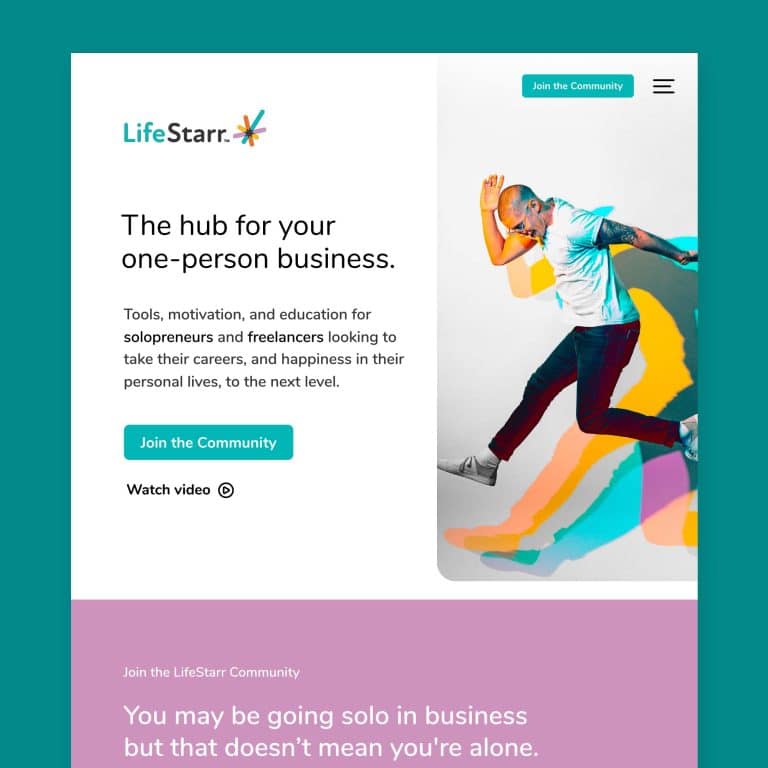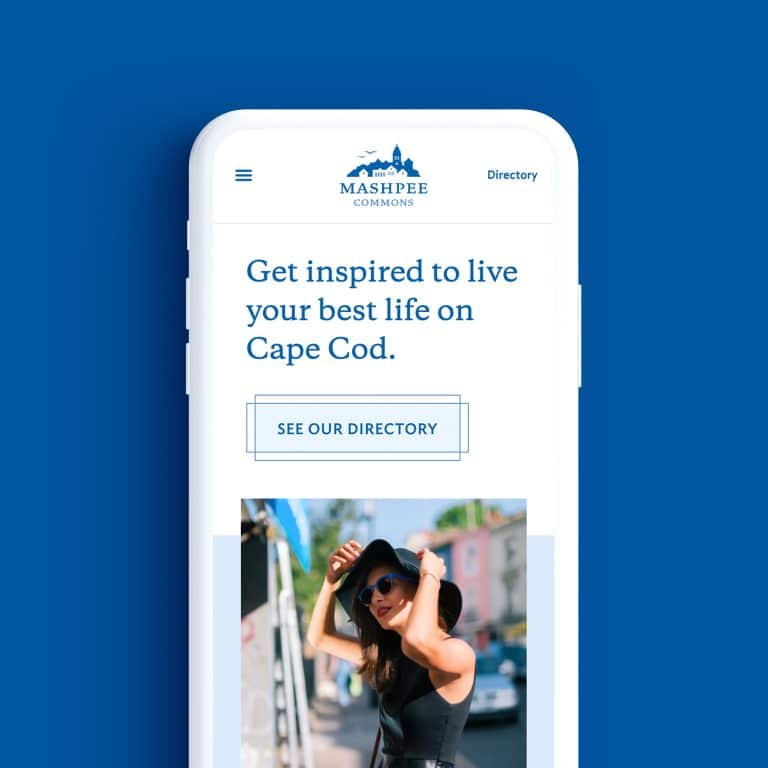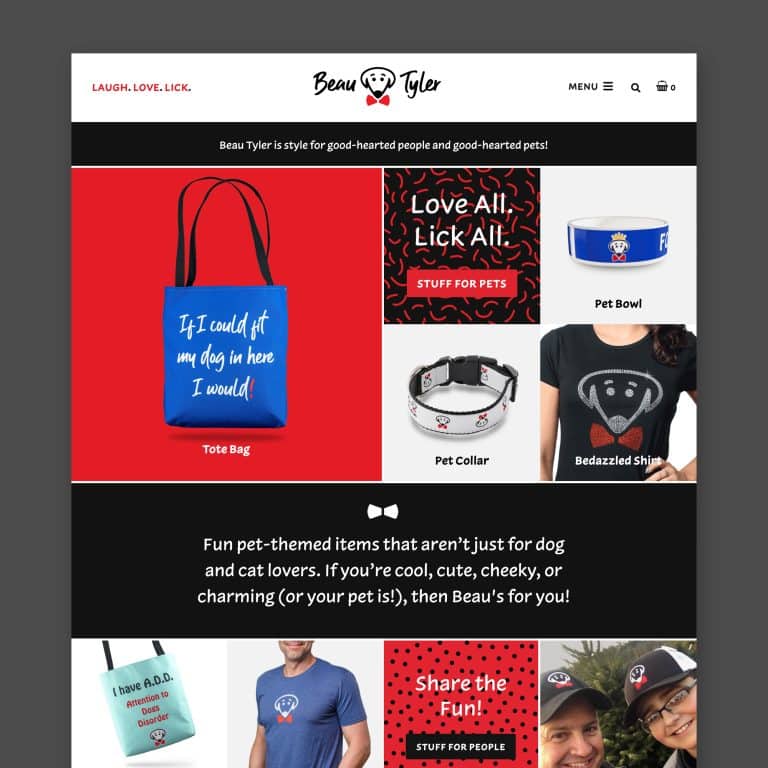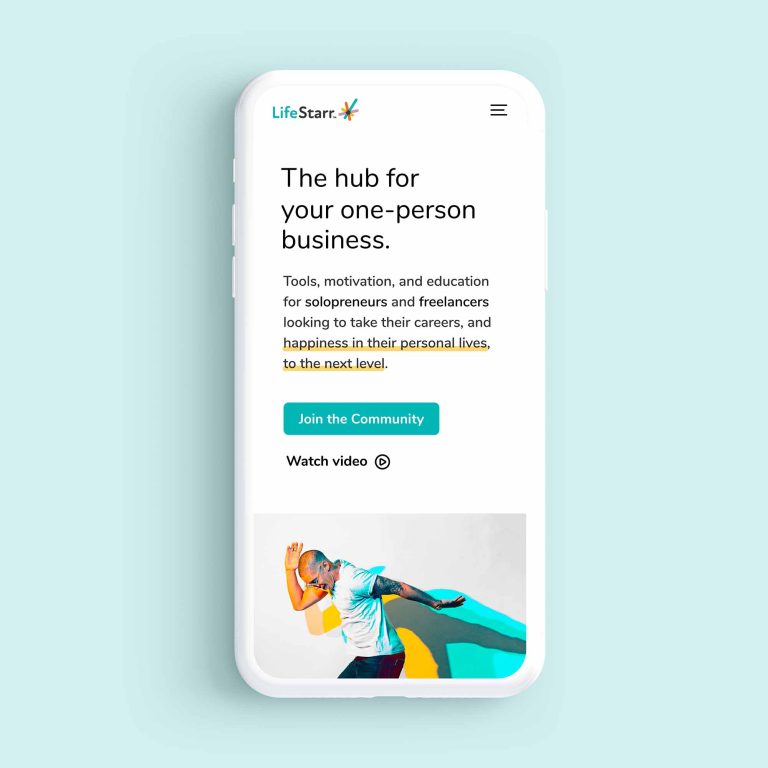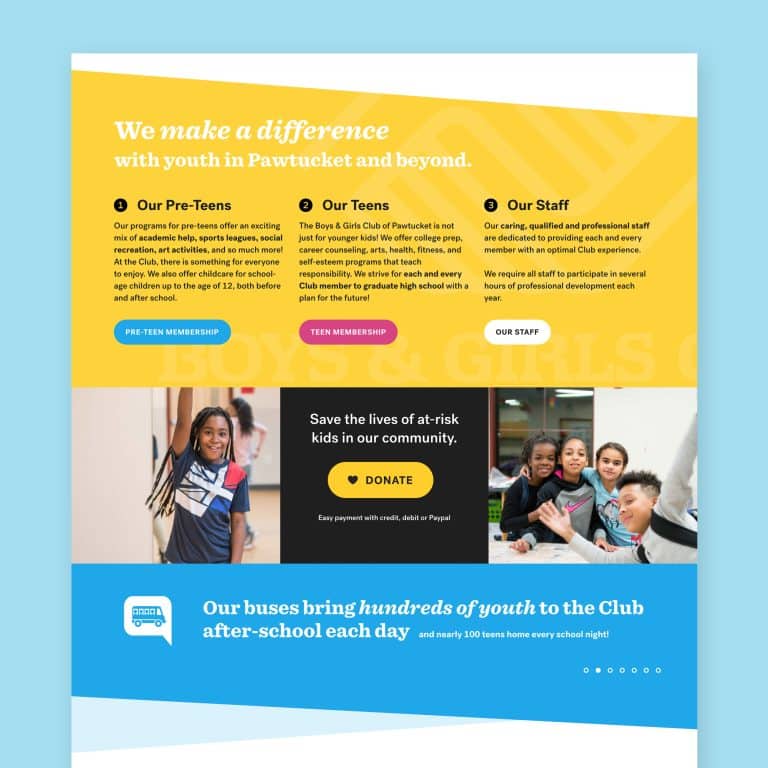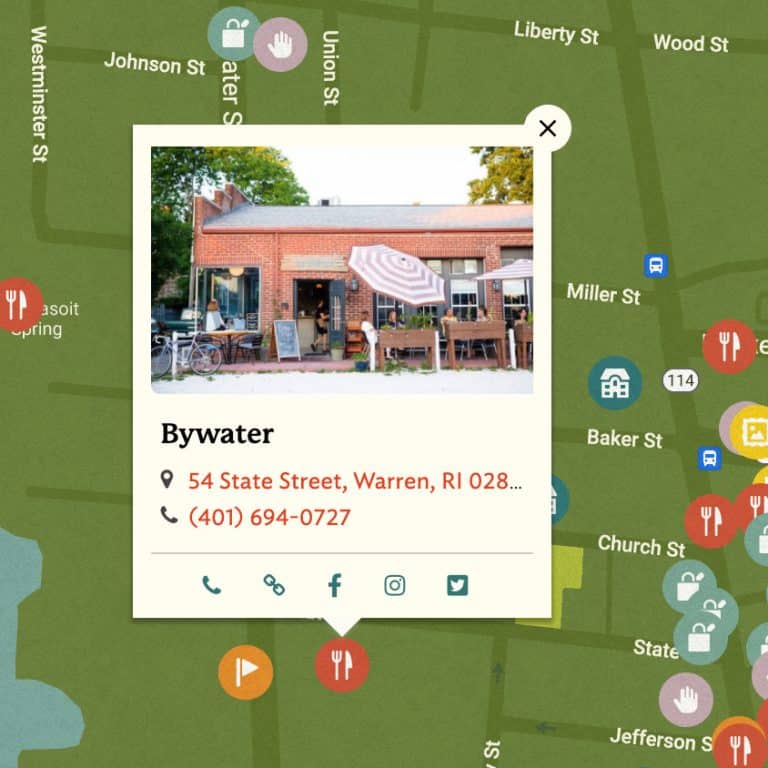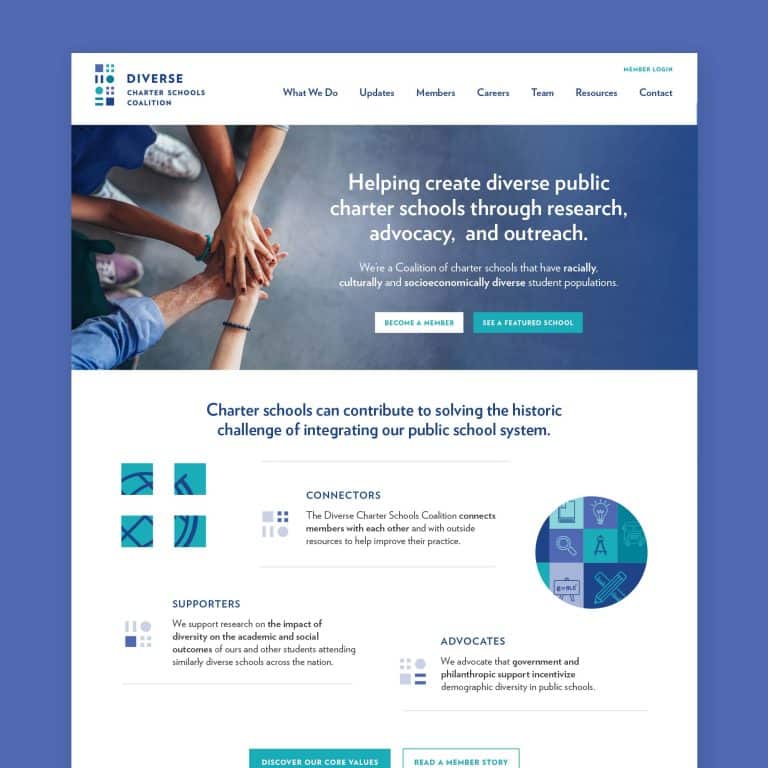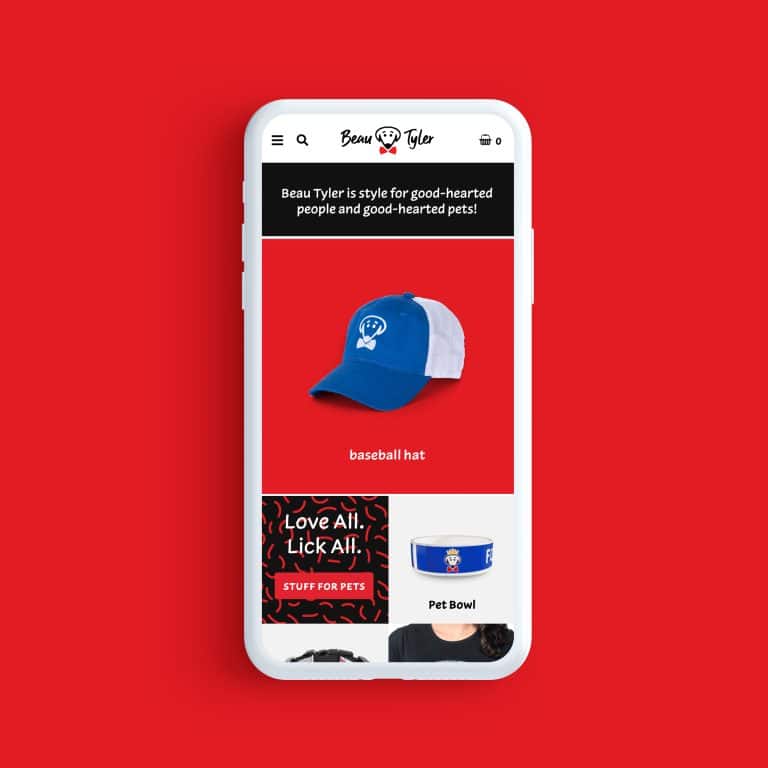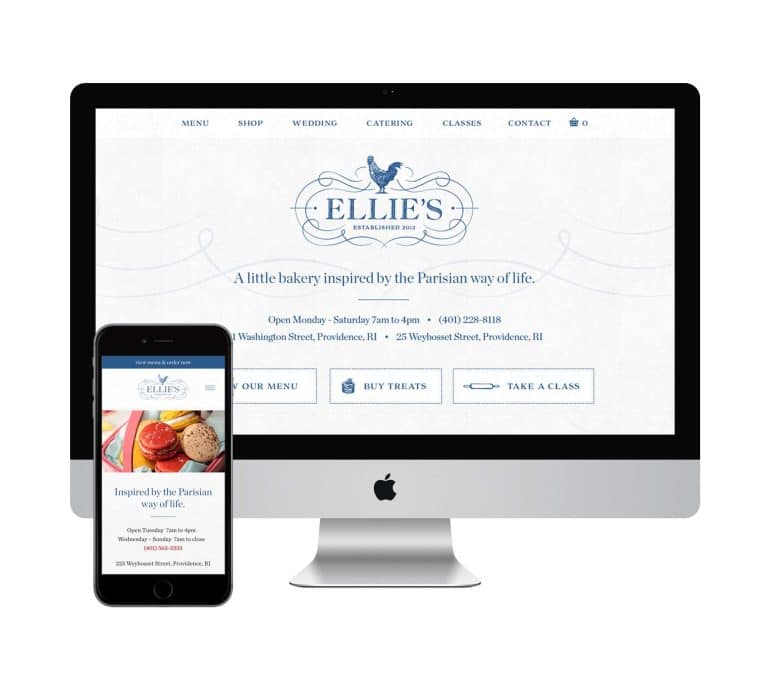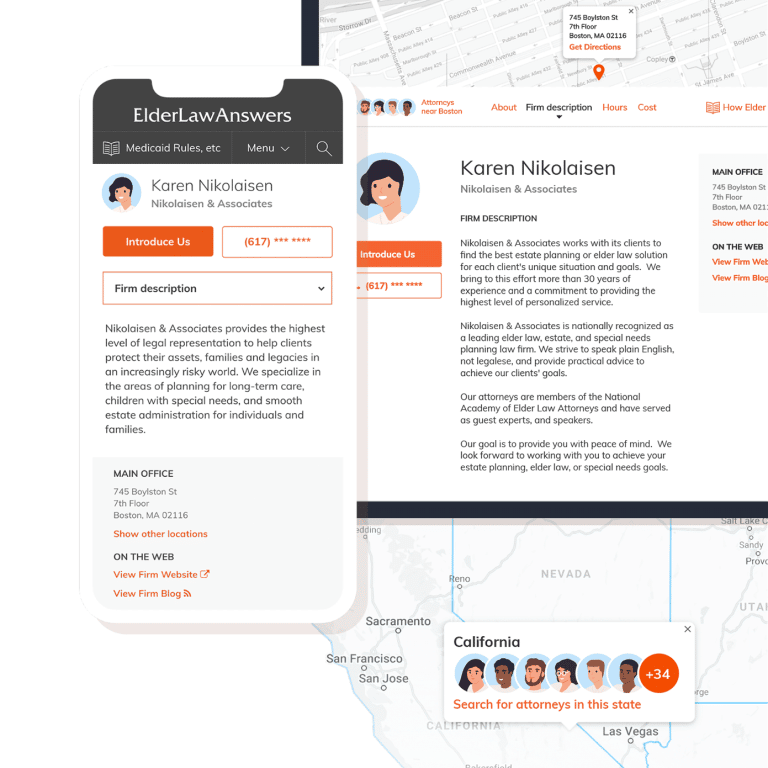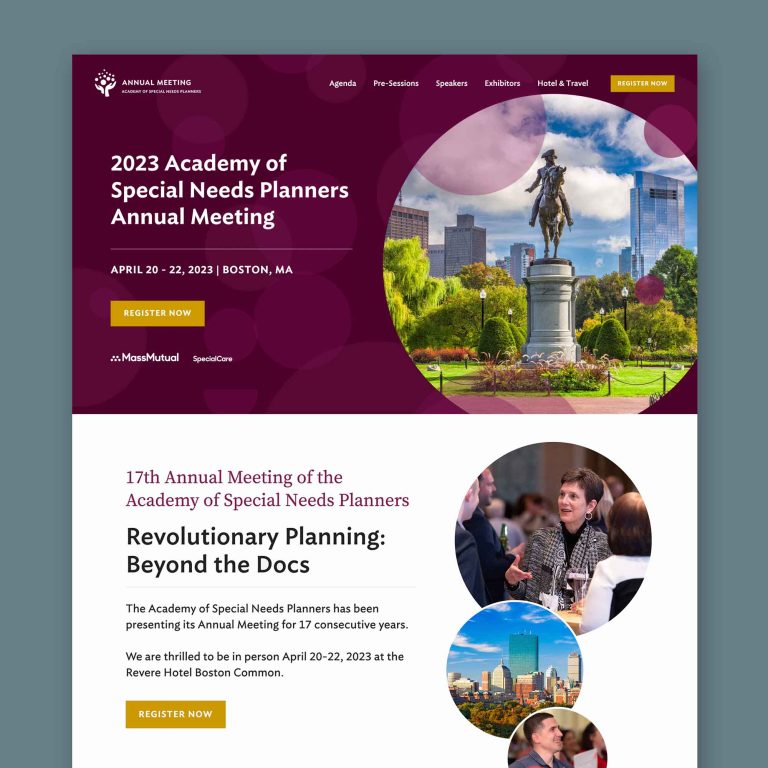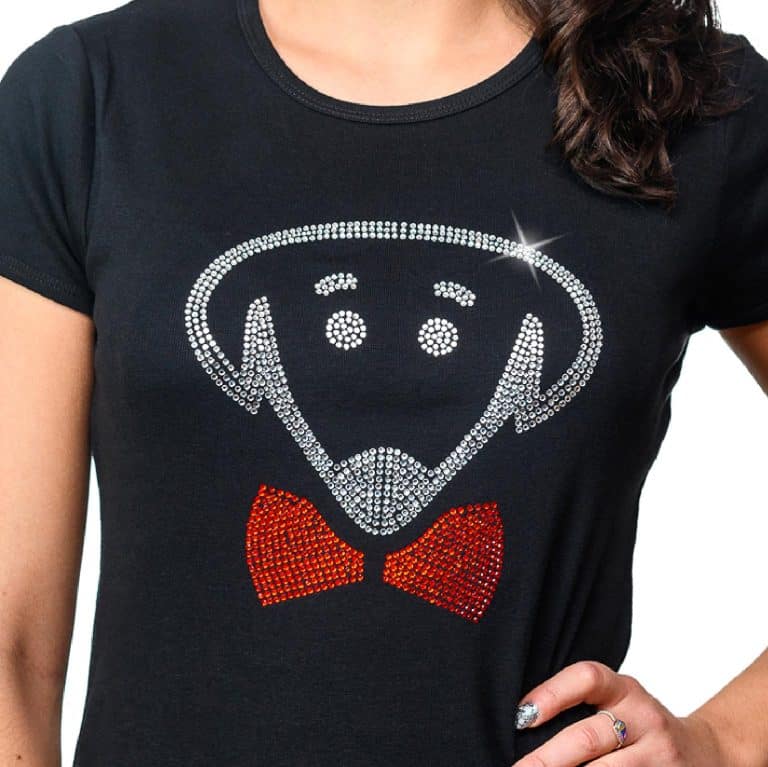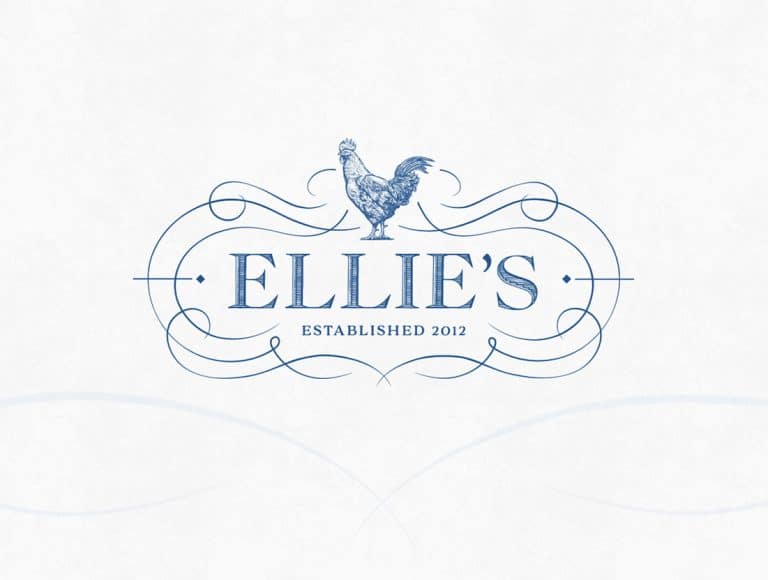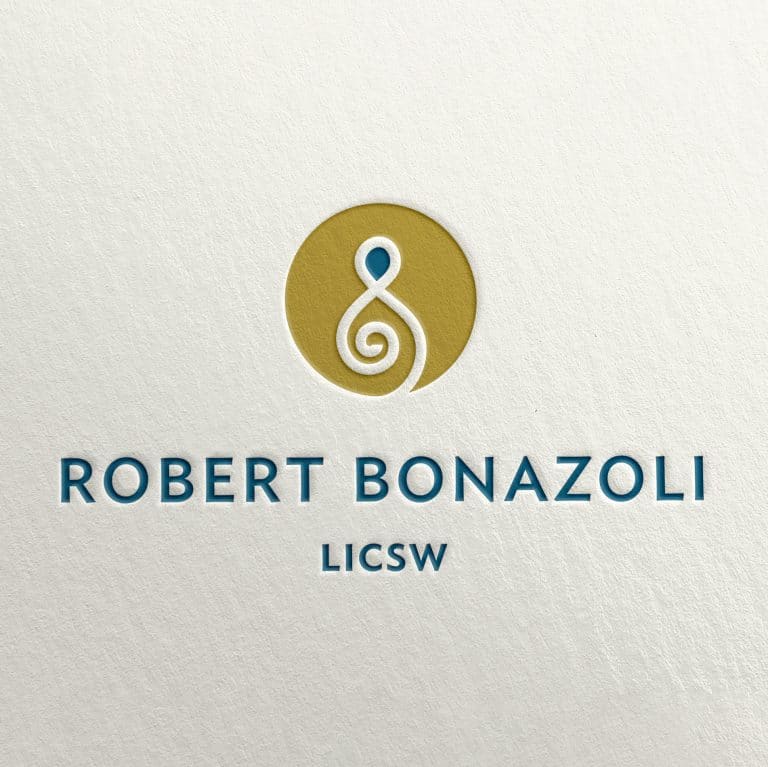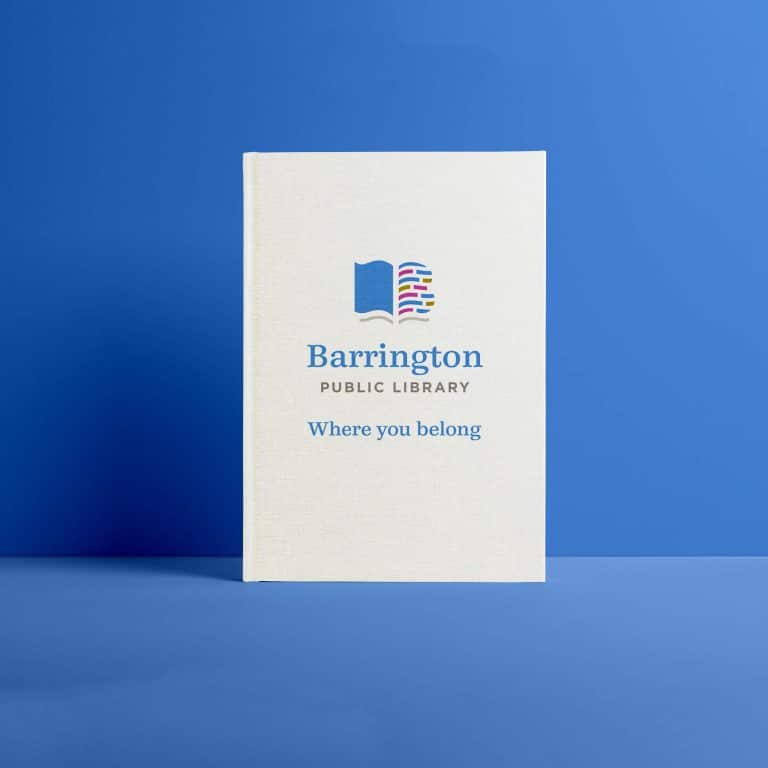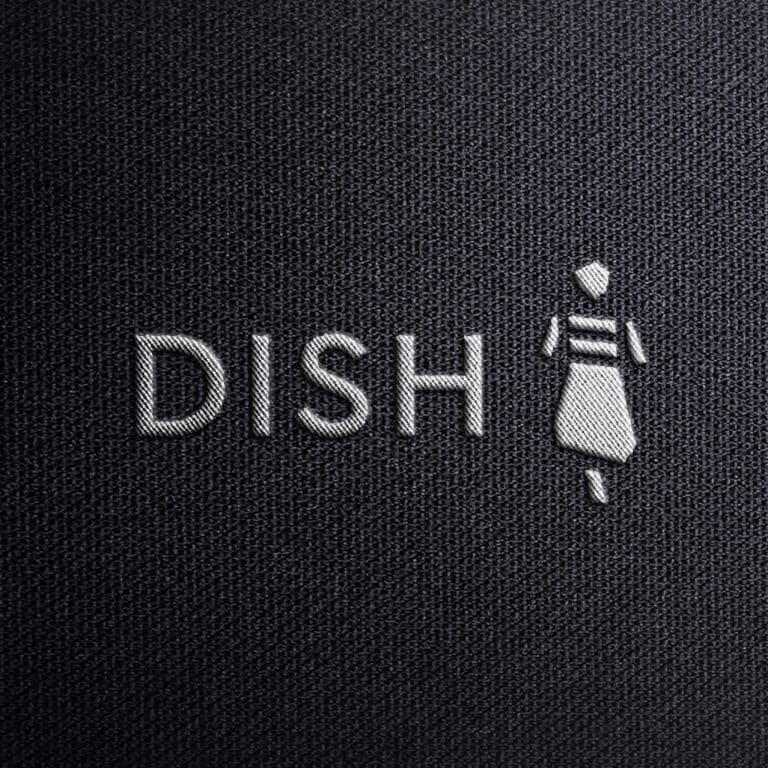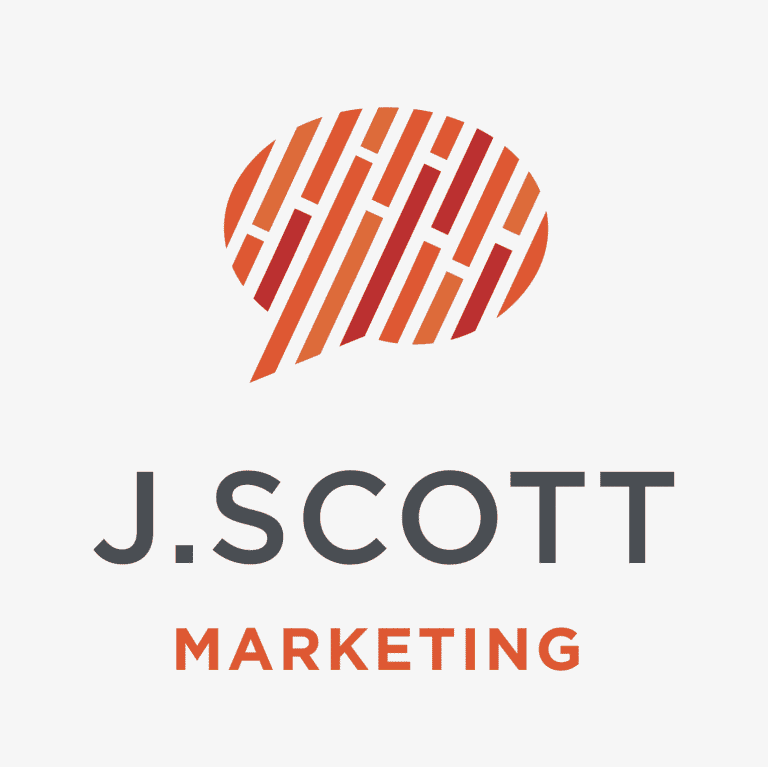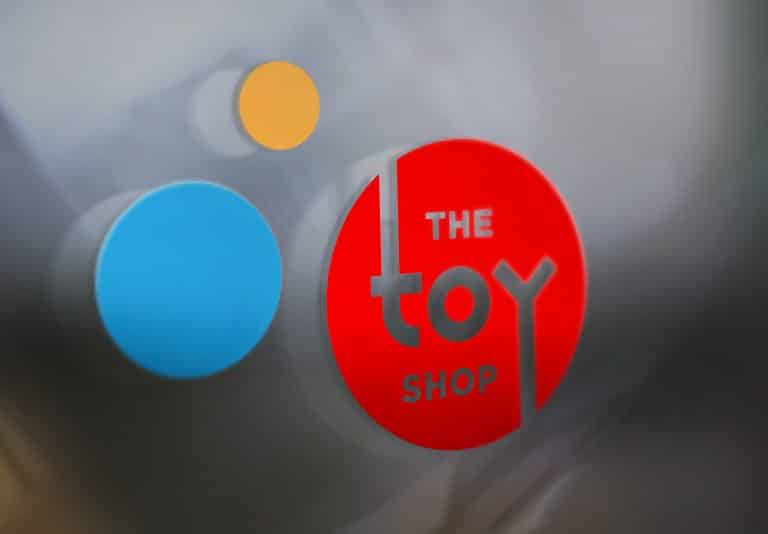The Story Your Customers Need to Hear
Every once in awhile a book comes along that is so inspiring and spot-on that one imagines being surrounded by flowers opening, birds singing, and fireworks exploding across the sky.
This month I want to share some inspiring and powerful quotes from one of those books. Building a StoryBrand by Donald Miller does a remarkable job of breaking down the critical elements of how a brand can make the kind of sizzling connection with customers that leads to wildly successful conversions.
The Cliff’s Notes version
Miller argues that most brands are doing marketing wrong.
By focusing on telling your story and perfecting the product information that your clients receive, you might think your brand is selling well – but there’s a critical aspect of human psychology that you’re missing, and it’s likely causing you to lose business to your competitors.
How to tell the story your customers need to hear
While there are many strong ideas I took away from the book, here I’m sharing four powerful quotes that both outline Miller’s premise and clarify my unique perspective as a designer.
- “Your customer should be the hero of your story, not your brand – this is the secret every phenomenally successful business understands.”
In recent years, there’s been a big shift in marketing toward storytelling.
Rather than simply outlining the features and benefits of products, brands have moved toward crafting ‘their story’ as a way to personalize their message and make deeper connections with customers and clients.
While business owners focus on sharing their brand’s humble origin story on beautifully designed websites featuring smiling workers in their gorgeously curated Instagram feeds, many of them are still wondering where the money is.
It’s true that stories bring people closer. But if you want that connection to translate to sales, your customer needs to be the hero. This is a crucial shift.
Customers are embroiled daily in their own story. Their own story has very real pain points and legitimate frustrations. The truth is, your business’s story – including your expertise and accolades – can’t crack the surface of what they care about. They want their own happy ending. Prospective customers are always on the lookout for how to solve their problems, smooth their path, and end their frustration. They want to be happier, more satisfied, less frustrated.
If your marketing materials aren’t speaking directly to your customers’ point of view, pain points, and their day-to-day trials, then they will spend their money elsewhere. Think of it as crucial to show customers how your product or service gives their personal story a happy ending. Depending on what you are aiming to sell, it could be that you are dangling the catalyst of great change, a new beginning, or an end to a perpetual frustration that your product can sweep away.
The story you tell should be focused on leading up to the moment when they make a decision – to buy your product or hire you – that makes them the hero.
- “Don’t lose to an inferior product or service because your competitor’s offer is communicated more clearly.”
I often work with brands that have put so much thought and expertise into their offerings.
Designed with such care, my clients sometimes wonder why these products and services are being outsold by subpar products from a competitor. “My products are far superior,” they question; “why don’t customers realize this?” A million to one, I believe it’s because that other company, in some small or large way, is doing a better job of communicating how they can help.
When business owners aren’t hitting their expected goals, they tend to focus on their offerings, not their messaging.
As business owners, we think if we work really hard at making our product or service amazing and perfect, the customers will come running. But we need to be able to step back far enough from our assumptions that our customers will ‘get it,’ even if we aren’t doing the messaging well.
The features, benefits, and hero story of your messaging needs to be explained at a seventh-grade reading level.
If a 12-year-old can’t understand and summarize why our product or service will make their life better, you need to go back to the beginning.
- “What we think we are saying to our customers and what our customers actually hear are two different things.”
The sad truth is that brand messages and advertising just turns into noise for so many customers.
Donald Miller highlights the fact that competition for getting your marketing message across is fierce. He claims the average customer gets three thousand commercial messages each day. Your audience is bombarded. Any message that doesn’t immediately strike at the heart of a customer is going to be discarded into the background.
Your message might be perfectly clear to you, but have you vetted it under the consideration of what your target audience is hearing? While you could tackle this piece yourself, I’m a strong advocate for investing financially in this crucial aspect of your business strategy.
Customer interviews, done by a professional copywriter, will help you truly understand why your current customers and clients have decided to purchase your products or enlist your services. You’ll glean a goldmine of real-life, non-hypothetical information about the challenges they face. How your offerings solve their worst problems. What they love about working with you.
While you could attempt this yourself, I’ve found that in practice, the information is more rich and robust when a professional wordsmith and storyteller – one who is able to remain impartial and comes to the process with no preconceived notions – uncovers it. Also, the time and attention this process takes would significantly impact your day-to-day ability to run business operations.
This is a great task to outsource to a professional who will bring the results back to you, tied with a bow.
- “If we don’t closely analyze each element of our customers’ story, they’ll sense we don’t care and move on to a competing brand that took time to do the work.”
Piggybacking on my last point about outsourcing client interviews, this quote digs deeper at the heart of the mantra that you get what you pay for.
While Miller presents a formula for telling a story that draws customers in, the actual process for each brand to uncover, shape, and polish this gem of a story is different and unique in every case. You could no sooner cut and polish your own diamond. There are no shortcuts. There’s no quick and dirty way to craft your brand’s messaging.
You could absorb the ideas here and in this video book summary, or you can pay people who live for words and visuals – for coming up with tailored, keyword-rich content and designing materials that showcase it. The gold standard is to work with top-notch copywriters and designers who will find the story, craft your messaging, and polish it into a sharp, intuitive visual design that grabs customers’ attention and announces itself as a Message Worth Noting.
This isn’t a cheap investment, but it’s much quicker – and has better results – than spinning your wheels for months on end and then still not achieving the results that you dream of.
I recognize many small business owners are accustomed to wearing all the hats and will still want to have a go at this on their own. At least go in with your eyes open: expect to spend 20 to 60 hours of your own time writing website content for a straightforward site with ten or fewer pages.
And don’t forget to have your copy edited and proofed by 1 to 3 additional sets of eyes before it goes live.
More Miller wisdom
Flipping your brand’s story so that your customer is the hero is an exciting proposition.
If this speaks to you, check out Miller’s book for a more in-depth look at the winning formula. In the meantime, I’ll leave you with a few more inspiring quotes from Miller’s book that spark ideas for inviting customers to see themselves in your story and take the next step toward making a purchase from you:
The problem isn’t your product – it’s how you talk about your product.
If your competitor has an inferior product but is a better communicator, they will beat you in the marketplace.
The more we talk about the problems our customers experience the more interest they’ll have in our brand.
All customers make buying decisions based not on what WE say but on what THEY hear.
Stop losing money and confusing your customers.
How long will you last if we keep talking about aspects of our products that our customers don’t care about?
People don’t have ESP. They can’t read our minds and they don’t know what we want, even if it seems obvious. We need to clearly invite customers to take a journey with us or they won’t.
Key Takeaways:
- Customers don’t want to hear your story. They’re too busy living their own stories to hear your message (if this is how it’s presented).
- Prospective customers and clients need to be invited into a story – as the hero of that story – wherein their decision to buy your products or hire you solves their true problems.
- This formula (making the customer the hero of your story) is universal – every good story we know has a great hero, right? Your individual tale, however, is unique to your brand.
- Discovering, shaping, and polishing your new story and messaging is a critical opportunity for investment in writers and designers who are experts in this process.
It's hard to market an unfocused brand.
Your business must tell a powerful story with strong optics and a persuasive storyline so you can stand out from the crowd and change more minds. Get a brilliant visual framework tailor-made for you.



